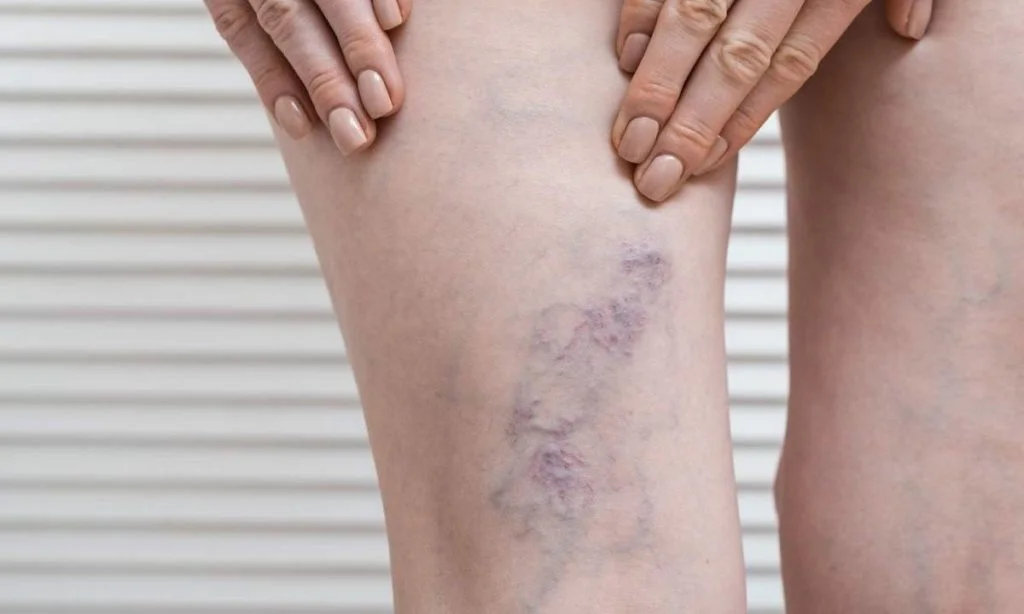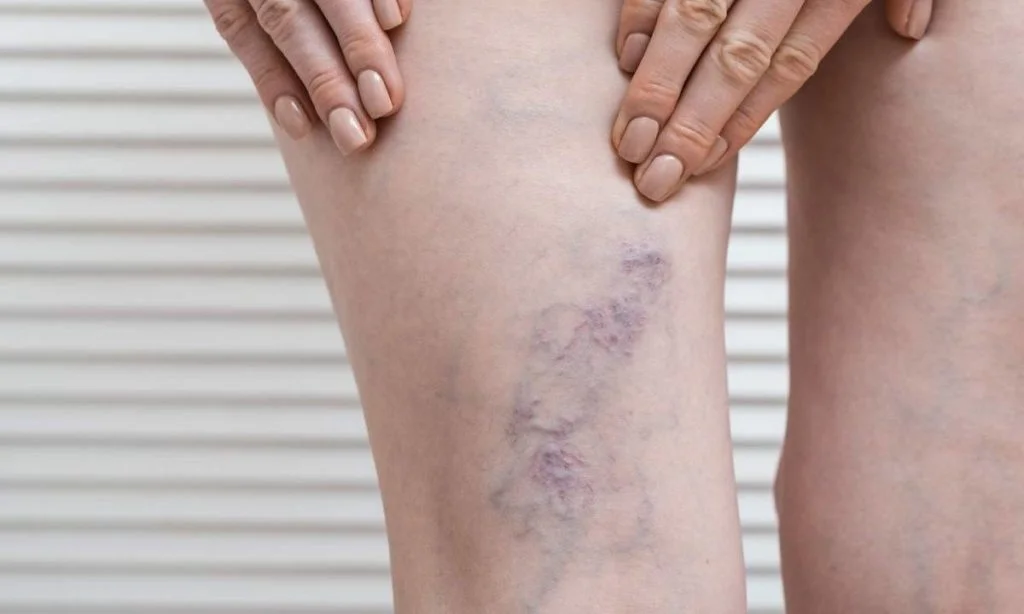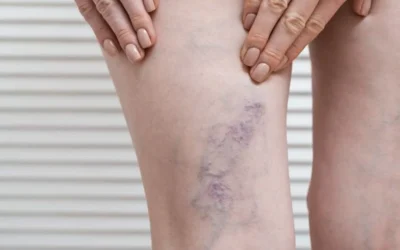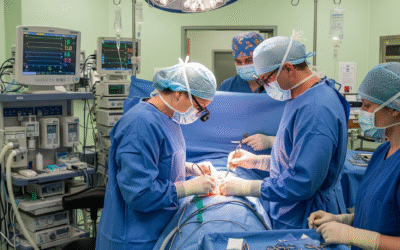
Deep vein thrombosis (DVT) occurs when a blood clot forms in a deep vein, usually in the legs. It can go unnoticed, but its complications—such as pulmonary embolism—can be life-threatening. Dr. Juan Carlos Peralvo, a Vascular and Endovascular Surgery Specialist in Cuenca, explains how to recognize and treat it early.
What causes deep vein thrombosis?
DVT can develop for several reasons:
- Prolonged immobility (long flights or bed rest)
- Recent surgeries
- History of blood clots
- Inherited clotting disorders
- Risk factors like obesity, smoking, or pregnancy
Symptoms of DVT
Common symptoms include:
- Swelling in the affected leg
- Pain or tenderness
- Redness or warmth
- Heaviness in the limb
⚠️ In some cases, DVT has no symptoms and is only found through testing.
Diagnosis and treatment
Dr. Peralvo uses advanced tests to detect DVT, including:
- Venous Doppler ultrasound
- Blood tests (D-dimer)
Treatment options:
- Anticoagulants to prevent clot growth or movement
- Compression stockings to improve circulation
- Thrombolysis or advanced therapies in severe cases
💡 Book your consultation with Dr. Peralvo in Cuenca for DVT evaluation and treatment: Click here
Conclusion
Deep vein thrombosis is a serious condition, but with prompt diagnosis and treatment, serious complications can be avoided. Dr. Juan Carlos Peralvo offers specialized care to protect your vascular health.





